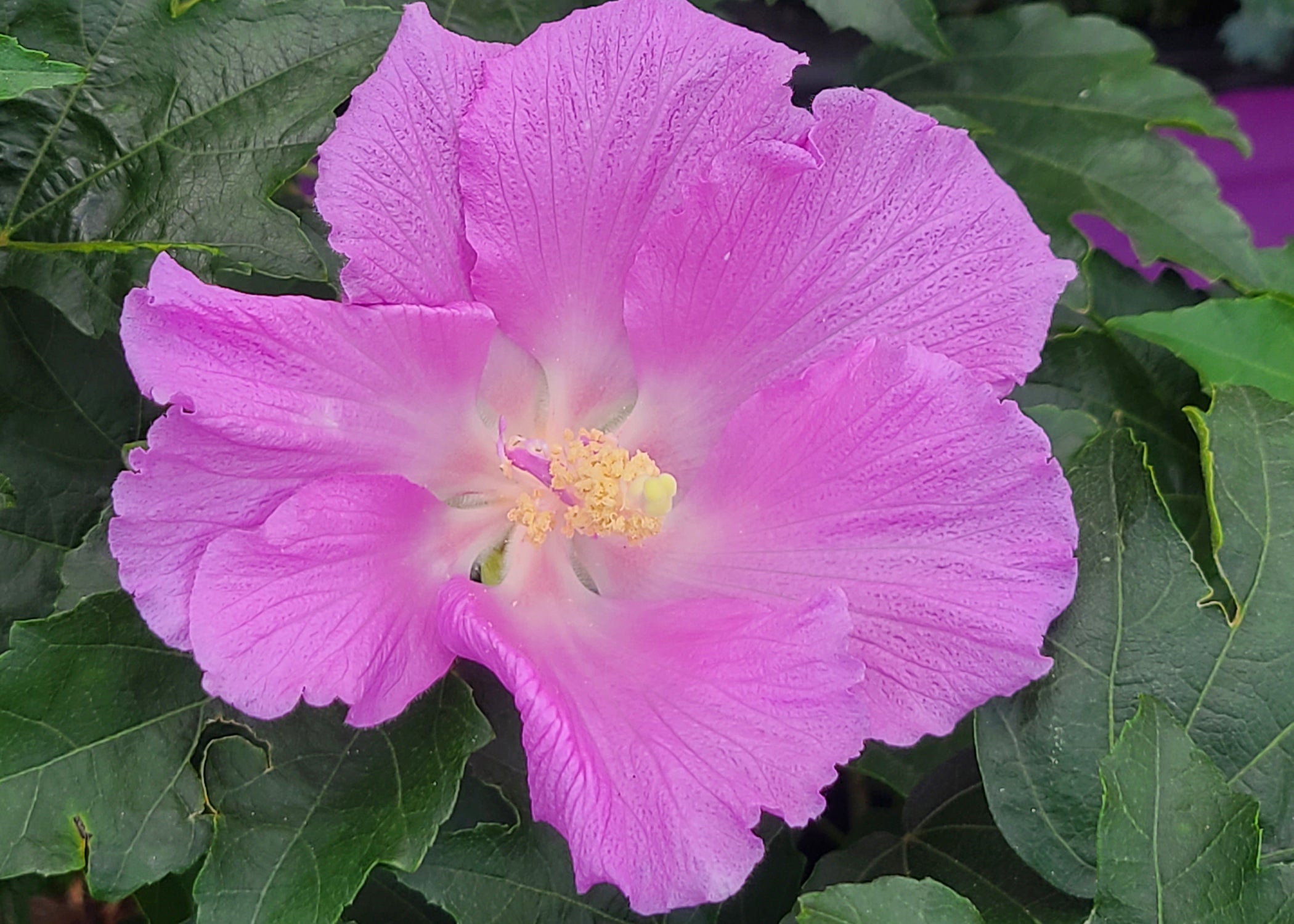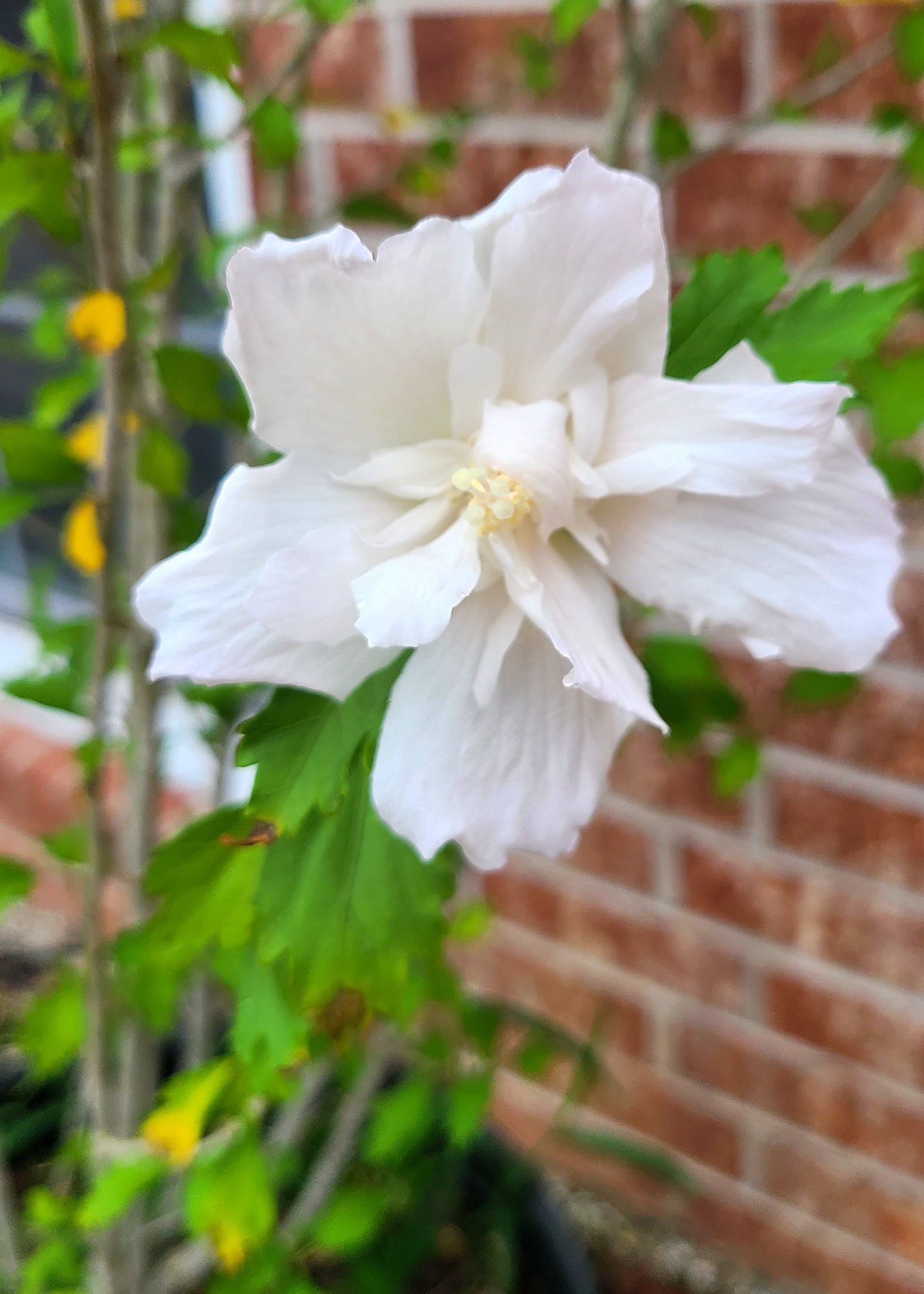Old roses of Sharon are great in modern gardens
Published 2:36 pm Monday, May 24, 2021
By Gary R. Bachman
MSU Extension Service
I enjoy the last part of May in my home landscape and garden.
My small rose garden — which I’ve started to expand — is in its full glory. I’ll share my latest rose story in a future Southern Gardening, but I’m also really loving the various hibiscuses I have growing in my landscape.
My hardy hibiscus shrubs are finally starting to push new growth. They give me a lot of anxiety because they’re always so late “waking up” in the spring.
But my favorites this week are my various rose of Sharon plants. Many times, rose of Sharon is thought of as an old-time plant. I’ve received numerous calls over the years from people wanting to know where they can get an althea plant just like their grandma had in her yard.
These old selections tended to be big plants that would quickly overgrow their planting locations.
Althea is a common name for rose of Sharon. And as I’ve written in the past, gardeners can get confused when using common names. But rose of Sharon isn’t a rose; it is a hibiscus, scientifically known as Hibiscus syriacus.
Whatever we call these shrubs, the flowers they produce are the reason to have them in our landscapes. My neighbor stopped on her morning walk to admire the flowering display on my rose of Sharon.
The flowers are gorgeous, and each one is up to 3 inches in diameter. Like all hibiscus flowers, the primary features besides the colorful petals are the prominent column of stamens and pistils. Flower colors come in shades of pink, red, rose, white and violet. Many have an attractive, contrasting dark-red eye.
I’m growing some of the newer selections that have been bred to be smaller plants. Rose of Sharon tolerates pruning really well, but selecting plants that don’t have to be pruned makes me a happy gardener with one less maintenance chore to do.
A newer selection from Proven Winners that I’m really impressed with is Pollypetite, which produces a plant with a rounded form.
I’ve had this plant about four years, and it is only about 18 inches by 18 inches, although it has the potential to be 4 feet by 4 feet. The plant is covered with flowers that are an unusual lavender pink with a small, white center.
I’ve also framed my front door with Purple Pillar and White Pillar selections. These plants have very columnar growth habits with the potential to reach 10 feet tall and 3 feet wide.
Roses of Sharon are easy-care landscape plants, and they adapt to a wide variety of growing conditions, such as the big containers I use. Once established, these plants are drought tolerant, but watering deeply during times of drought stress helps them maintain a heathy plant and root system.
I only fertilize in the early spring with granular, slow-release fertilizer formulations. I use the unscientific method of grabbing a handful of fertilizer and spreading it around the root zone.
Be sure to plant your Rose of Sharon in a prominent location in your landscape where it gets at least six hours of full sun every day.







